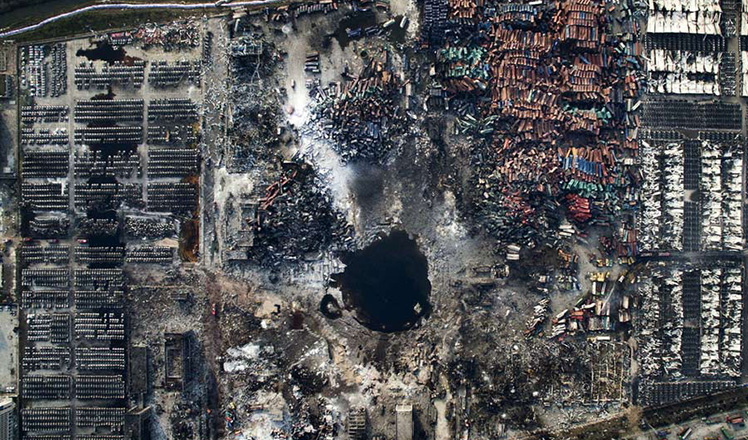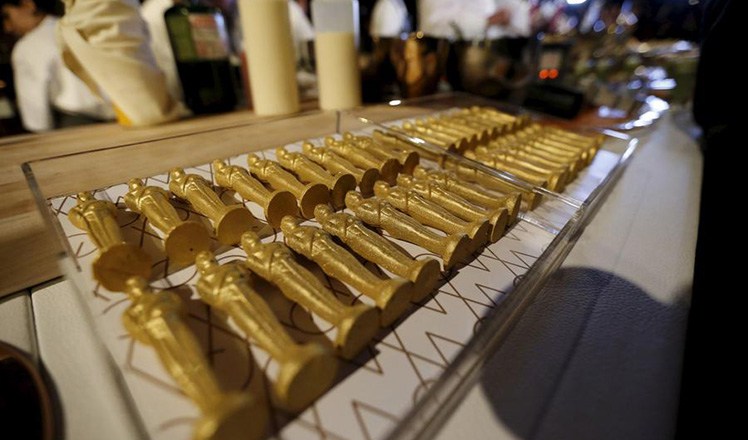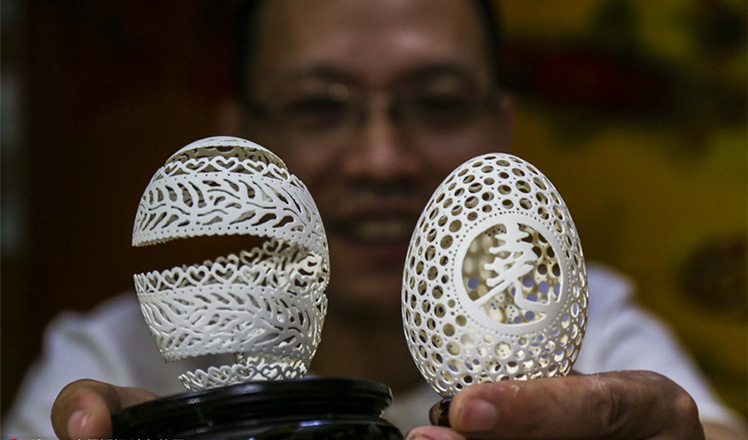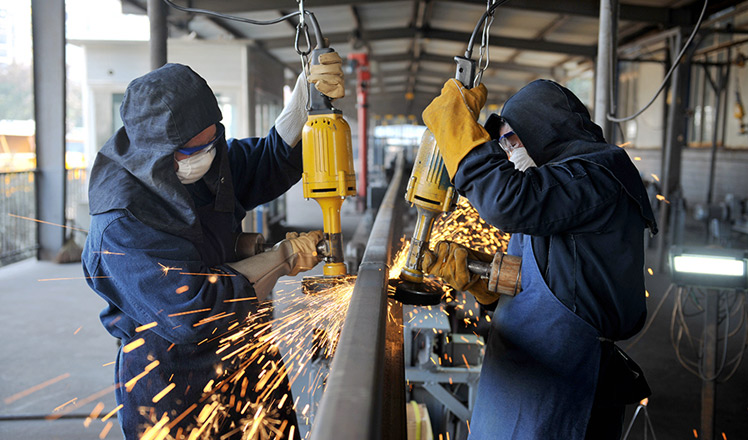Architectural recycling
Updated: 2016-02-20 03:13
By XU JUNQIAN in Shanghai(China Daily USA)
|
||||||||
 |
|
Modern spaces located within old buildings reflect the gentrification process taking place in Shanghai. PHOTO PROVIDED TO CHINA DAILY |
“The business owners and residents of these old buildings today love the history and anecdotes behind the rooms located within. On the other hand, new buildings are often deemed as cold and emotionless,” said Zhang Ming, a professor at the college of architecture and urban planning in Shanghai Tongji University, who added that the renovation of old buildings acts as an important channel for Shanghai to maintain its “metabolism” — sustaining the vitality of the city while getting rid of outdated elements.
Borja Trujillo Rodriguez, chief architect of Base Design and Build — the agency behind Rachel’s and Grains — echoes this sentiment, saying: “Shanghai has such a unique blend of Western and Asian architecture but all of it is quickly being erased by the wrecking ball these days. There are just too many buildings in Shanghai that have been torn down or rebuilt with no respect.”
Repurposing and renovating of old buildings has also proved to be very popular among expats and foreign companies such as BMW or New York’s fast-rising advertising agency Anomaly, many of whom are willing to pay almost twice as much as the city’s average rental fees to live or work in these spaces.
The Spanish architect said that people these days want to “stay connected to Shanghai instead of just being in Shanghai”.
Siu Wing Chu, deputy managing director of Savills Shanghai, predicted in a recent media interview that the renovation of old buildings in major cities like Shanghai and Beijing will start to peak in the near future.
- Missing children found safe in nearby village
- Rich Chinese splurge on sportswear as luxury's lustre dims
- Urgent remedy sought for pediatrician shortage
- China starts safety check for school buses as new semester draws near
- Ticket scalpers face crackdown at Beijing hospitals
- Judicial DNA test in hot demand after policy change
- Classic Car Show kicks off in London
- Balkan, Austria police agree to register refugees on Macedonian border
- Turkey blames Kurdish militants for Ankara bomb; vows reprisals
- Britain scrambles fighters to intercept Russian bombers
- Chinese community to protest against Peter Liang's verdict
- Car bomb attack on military in Turkish capital kills 28

 Chinese photographers' work shines in major photo contest
Chinese photographers' work shines in major photo contest
 88th Academy Awards Governors Ball Press Preview
88th Academy Awards Governors Ball Press Preview
 Egg carving master challenges Guinness World Record
Egg carving master challenges Guinness World Record
 Missing children found safe in nearby village
Missing children found safe in nearby village
 Madonna's world tour lands in Hong Kong
Madonna's world tour lands in Hong Kong
 Producing high-speed rail tracks
Producing high-speed rail tracks 
 Surreal world created by Canadian photographer
Surreal world created by Canadian photographer
 Lanterns light up the night across China
Lanterns light up the night across China
Most Viewed
Editor's Picks

|

|

|

|

|

|
Today's Top News
Investigation for Nicolas's campaign
Will US-ASEAN meeting be good for region?
Accentuate the positive in Sino-US relations
Dangerous games on peninsula will have no winner
National Art Museum showing 400 puppets in new exhibition
Finest Chinese porcelains expected to fetch over $28 million
Monkey portraits by Chinese ink painting masters
Beijing's movie fans in for new experience
US Weekly

|

|







